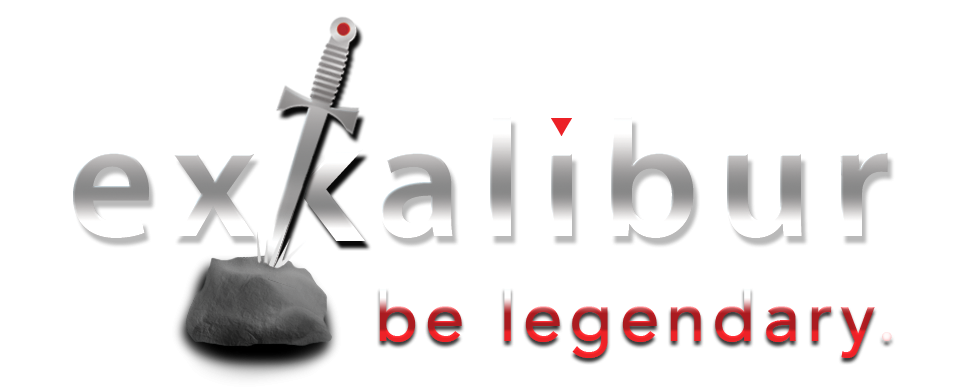 As I’ve said here before, I don’t think our elected servants in D.C. know much about creating jobs. Let’s remember that the stimulus program was always “too little, too late” and we harped here that the length of time over which those funds would be deployed was way too long … witness today that jobs officials say more than 50% is still in the pipeline over one year later. So, no surprise it hasn’t help as much as they would have you believe. Robb Mandelbaum writing in the NY Times also agrees that there is very little in President Obama’s most recent speeches flowing from the Jobs Summit last week.
As I’ve said here before, I don’t think our elected servants in D.C. know much about creating jobs. Let’s remember that the stimulus program was always “too little, too late” and we harped here that the length of time over which those funds would be deployed was way too long … witness today that jobs officials say more than 50% is still in the pipeline over one year later. So, no surprise it hasn’t help as much as they would have you believe. Robb Mandelbaum writing in the NY Times also agrees that there is very little in President Obama’s most recent speeches flowing from the Jobs Summit last week.
What do you think of the ideas being floated about, the key ones of which are summarized here? Will any of them help your business? Are there other ideas that could work? Fire up those fingers and add your comments here.
For one thing, the Administration continues to talk about incentive programs to spur business lending. While that would also be welcome, it doesn’t get at the root cause of unemployment and jobs growth. I’ve reported here before that lending is NOT the biggest problem in the middle market … it’s demand and revenue growth. Companies are not going to borrow except to meet demand and if demonstrable demand is present, borrowing is usually easier anyway.
One idea is to eliminate the capital gains tax for small business investing. I’m not a tax maven … and any tax relief is always welcome … but the capital gains tax is only paid by small businesses when they SELL their business or property – and it creates NO direct benefit to encourage investing in people, plant or equipment. There might be a crooked line benefit if the idea to extend 100% capital gains tax relief to 2010 investments is implemented, which could encourage investors to provide new capital to businesses, with the expectation that the ultimate sale of their stock would be tax free … but it’s a serpentine path at best.
The recommendation to extend the investment tax credit that allows businesses to immediately write off as much as $250,000 in qualified investments … also known as an IRS Section 179 deduction … does make sense for businesses that have investment capacity and might spur investments that would otherwise be deferred. By coupling this with the so-called “bonus depreciation”, it could really stimulate needed investment … for some. But, for companies without any borrowing or investment capacity, it won’t help much.
Finally, the idea of a payroll tax credit or “hiring credit”, while still being promoted by the President, has been shot down by most business observers, including yours truly. If you don’t need to hire someone to meet current demand, would you do it if you could save 15%? Simple answer? No!
Congress has already put off until next year any chance of passing this kind of legislation. In the meantime, middle market businesses are on their own to seek innovative solutions to the continuing problems that plague most markets.


